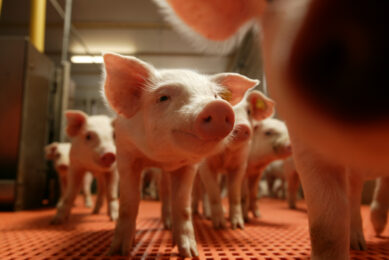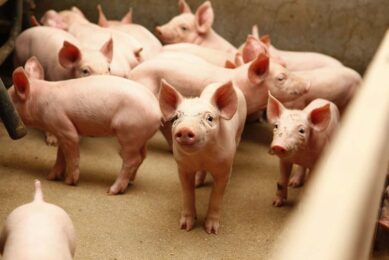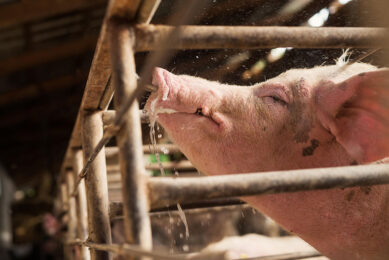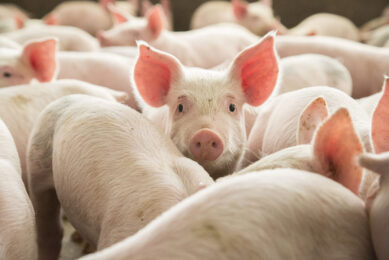Yeast supplementation in pig diets
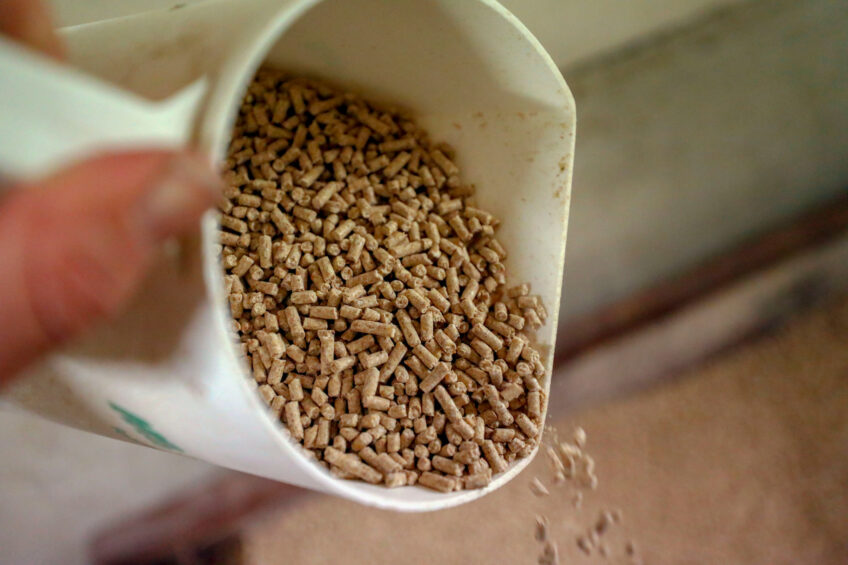
Recent research has demonstrated the beneficial impacts of yeast and yeast-based products in providing essential nutrients, increasing feed palatability, and improving growth performance and feed utilisation. This article discusses the impact on pigs.
What are yeasts?
Yeasts are described as single-cell microorganisms that belong to the kingdom fungi. In addition, yeasts are facultative anaerobes which can thrive and proliferate in both oxygen-rich and oxygen-depleted environments. Yeasts have a variety of shapes and they are naturally present in soil, plant surfaces, flower nectar, fruits, grains, grain co-products, silage and hay. Yeasts reproduce through budding and fission, and they are identified and characterised based on cell morphology, physiology, immunology and molecular biology techniques.
Yeast-based products and their benefits
Yeast-based products include viable yeasts with probiotic activity and fractionated yeasts or yeast cell components with prebiotic activity.
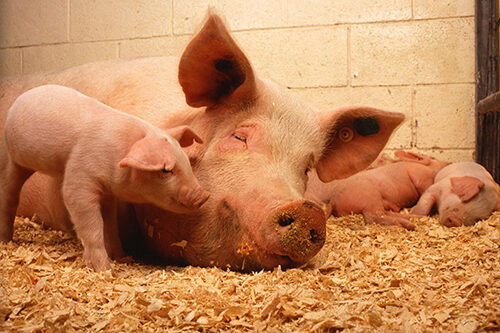
Yeast hydrolysate
Yeast hydrolysate, a protein-rich byproduct of hydrolysis extraction, originates from Saccharomyces cerevisiae and contains yeast cell walls. It increases feed palatability, improves growth performance and gut health, and enhances serum immune cytokine levels. Furthermore, yeast hydrolysate supplementation enhances antioxidant capacity, disease resistance, and gut morphology as well as barrier function.
Yeast culture
Yeast culture, a combination of yeast biomass and fermentation metabolites, is created by inoculating live yeast cells on culture media and fermentation under specific conditions. Research studies have shown that supplementing yeast cells improves growth performance, nutrient digestibility, gut villus height and immune response.
Live yeast
Live yeast products have probiotic properties, which is why they are considered to be direct-fed microorganisms. It provides beneficial protein, B-complex vitamins and trace minerals to produce extracellular enzymes. Active dry yeast, commonly used as a commercial yeast product in livestock feed, is available in the forms of tunnel dried yeast (granular powder), fluid-bed dried yeast (quick-rise yeast in oval-shaped spheroids) and roto-louver dried yeast (small spheres or balls). Active dry yeast improves gut health by decreasing the relative abundance of harmful bacteria and increasing the relative abundance of beneficial bacteria.
Yeast extract
Yeast extracts contain yeast cells without the cell walls produced through either autolysis or hydrolysis. During autolysis the activated yeast cell enzymes break down cell components and create yeast autolysate containing both intercellular and cell wall fractions. Hydrolysis approach is used to solubilise yeast using acids or enzymes.
Yeast cell wall
Yeast cell walls are categorised into fractioned yeast products, and active components of yeast cell walls including mannan oligosaccharides and beta-glucans. The cell wall is mainly comprised of glucans and mannans. Glucans are highly insoluble with immunomodulatory activity and they comprise 60% of the cell wall dry mass. Mannans represent 40% of cell dry mass and serve as prebiotics. Dietary supplementation of yeast cell walls reduces gut pathogen counts, modulates immune system, improves gut mucosa integrity, and exhibits antioxidant, antimutagenic and antigenotoxic protective traits.
Saccharomyces cerevisiae
Saccharomyces cerevisiae is one of the most predominant yeasts that have been exploited commercially in livestock feed. It is rich in polysaccharides, vitamins, proteins, amino acids, small peptides, nucleotides and some growth factors.
Benefits of supplementing Saccharomyces cerevisiae
Saccharomyces cerevisiae uses various mechanisms to achieve beneficial impacts. For example, it competes with harmful bacteria for attachment sites on the gut tract to reduce their ability to colonise and cause diseases. Supplementing Saccharomyces cerevisiae promotes the growth of beneficial bacteria while preventing the proliferation of harmful microorganisms, thus improving gut microbiota balance and health.
In addition, cell wall components of this yeast activate the host’s immune system function by promoting the production of IgA antibodies in response to pathogenic microorganisms. Another benefit of Saccharomyces cerevisiae is producing enzymes such as phytase that break down complex nutrients and improve the digestibility and absorption of minerals and amino acids.
On the other hand, it binds to mycotoxins to reduce their negative impacts, and during fermentation creates short-chain fatty acids that improve gut environment, structure, and overall integrity, and contribute to the animals’ ability to cope with various stressors.
What do research studies on pigs show?
A study demonstrated that adding 0.125% Saccharomyces cerevisiae to weaning pigs’ diet increased daily gain and gain-to-feed ratio. Another study showed that 0.2% of dietary Saccharomyces cerevisiae enhanced body weight gain of pigs challenged with salmonella. According to others, adding 5 g/kg of yeast increased the apparent total tract digestibility of dry matter, gross energy and crude protein in weaning pigs. Researchers also note that yeast hydrolysate improved daily gain, gain-to-feed ratio, and the digestibility of dry matter, gross energy and nitrogen in finishing pigs. In addition, researchers reported that supplementing piglet’s diet with a mixture of blood plasma and yeast reduced ammonia and hydrogen sulfide emissions.



